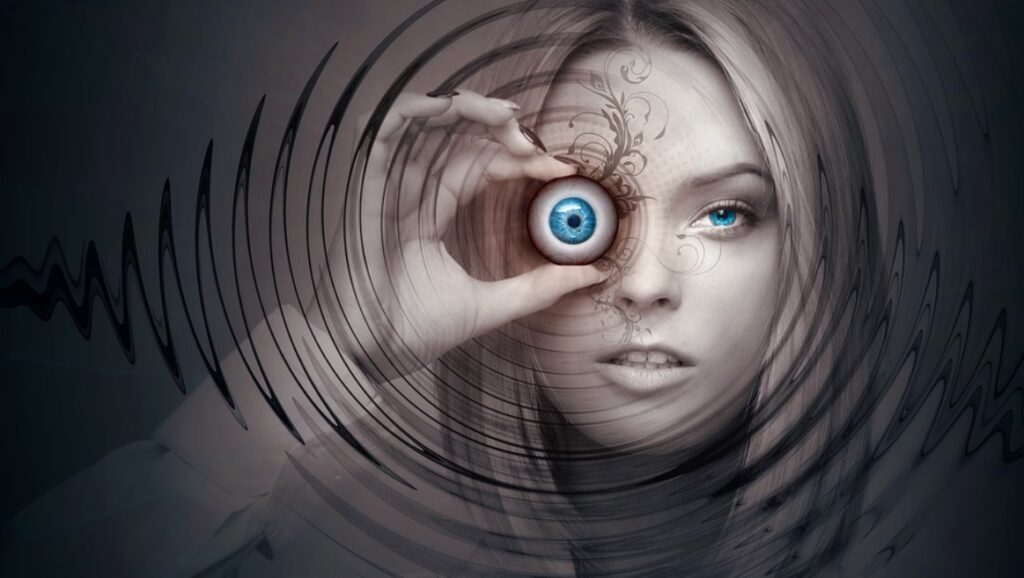Have you ever experienced a hazy vision or blurry street lights at night? If this sounds familiar, you may have astigmatism. This is a very common vision disorder. However, ablurry vision and astigmatism light at night are reversible.
If you haveexperiencedsomething similar, you should learn more about how it can affect your vision and make driving at night difficult. It will help you understand if you should consult a professional and go for treatment to reverse astigmatism.
What is Astigmatism and How Does it Affect Night Vision?
A common vision disorder, astigmatism affects how the light is processed by the eyes. Astigmatism may distort the light entering the eye and cause a blurry vision because of its more elongated shape. This affects how the light falls on the retina and forms an image.
Astigmatism causes poor vision at all times of the day. But astigmatism and night vision can be more problematic since poor vision is more noticeable at night in artificial lights and low lighting.
Here are a few visual distortions caused by astigmatism:
- Glare
- Blurry street lights
- Blurriness of objects
- Starburst
- Streaking
- Halo effect
How is Driving at Night with Astigmatism Challenging?
Driving at night with astigmatism can be challenging and dangerous since it causes visual distortions, which can increase the chances of an accident. So, if you notice these signs while driving at night, make sure to schedule an examination with your eye doctor:
Blurring or Fuzziness Around Lights
Astigmatism causes the lights to appear fuzzy, especially at night. The light from artificial sources often looks scattered to people with this vision disorder. Blurry vision,therefore, can make driving at night very dangerous.

Halos Around Light
People with astigmatism also often see halos around light, i.e. bright circles surrounding objects like a headlight. This can be very uncomfortable if the light is too bright. This again adds to thevisual distortion and makes driving at night dangerous for people with this vision disorder.
Lights Appearing Streaky
Have you ever noticed light scattering in a streak, like a straight line? This is a common challenge people with astigmatism experience. This can restrict vision at night and pose danger when driving.
Moreover, while viewing an eye chart at an eye specialist’s facility,‘E’ may look offset or the letters may appear as if they are on top of the other. Remember, Astigmatism may not cause an overall blurriness.
Increased Glare from Lights
Glare is the light that enters the eye and interferes with the vision, sometimes hurting it. Glare means scattered light inside your eye, which makes it difficult to see sharp objects. Sometimes, your eyes may even tear up because of it. This can be a risky situation if you are driving.
Eyestrain
When you are not able to see clearly at night because of astigmatism, you may squint more and more to get your eye muscles to focus. This increases the strain on the eyes and causes headaches. So, if you’re driving at night with astigmatism, you may experience eyestrain and headaches.
Difficulty Functioning at Distances
Astigmatism and night vision challenges are not always the case. Some people may be able to read and see nearby lights correctly if their astigmatism is aligned in a certain way. However, they may experience other problems such as seeing objects at a distance clearly. This can badly affect the vision and driving capability at night.

Please Note: The glare around lights isn’t only because of astigmatism. Myopia or nearsightedness may also be the cause for the same. It is best to consult an eye expert and follow the proper treatment procedure.
Final Thoughts
Astigmatism is a common vision order, but it should not be taken casually since it can also cause frequent headaches, impacting your performance at the workplace, school, or college. In fact,uncorrected astigmatism can hide sight-threatening conditions.
Astigmatism treatment is fairly easy and super effective. Based on your diagnosis and what your eye specialist suggests, you can go for:
- Glasses: Prescription glasses to refocus images and tinted glasses to reduce glare
- Contact Lenses: Suggested in the cases of severe astigmatism
- Laser Surgery: Lasik for permanent correction of astigmatism
Most people who experience astigmatism are usually born with it, but it may also be a result of some physical trauma. It is best to consult your eye doctor and ask for the best course of treatment.
I hope this information helped!
Author Bio
Aaron Barriga is the online marketing manager for Insight Vision Center. With a knack for understanding medical procedures and an interest in eye and vision health, Aaron loves to share what he knows and what he learns. He blogs to inform readers about the latest eye care technology and other topics related to eye care, especially LASIK. Aaron loves collecting coasters from the different bars and restaurants he visits during his travels.
